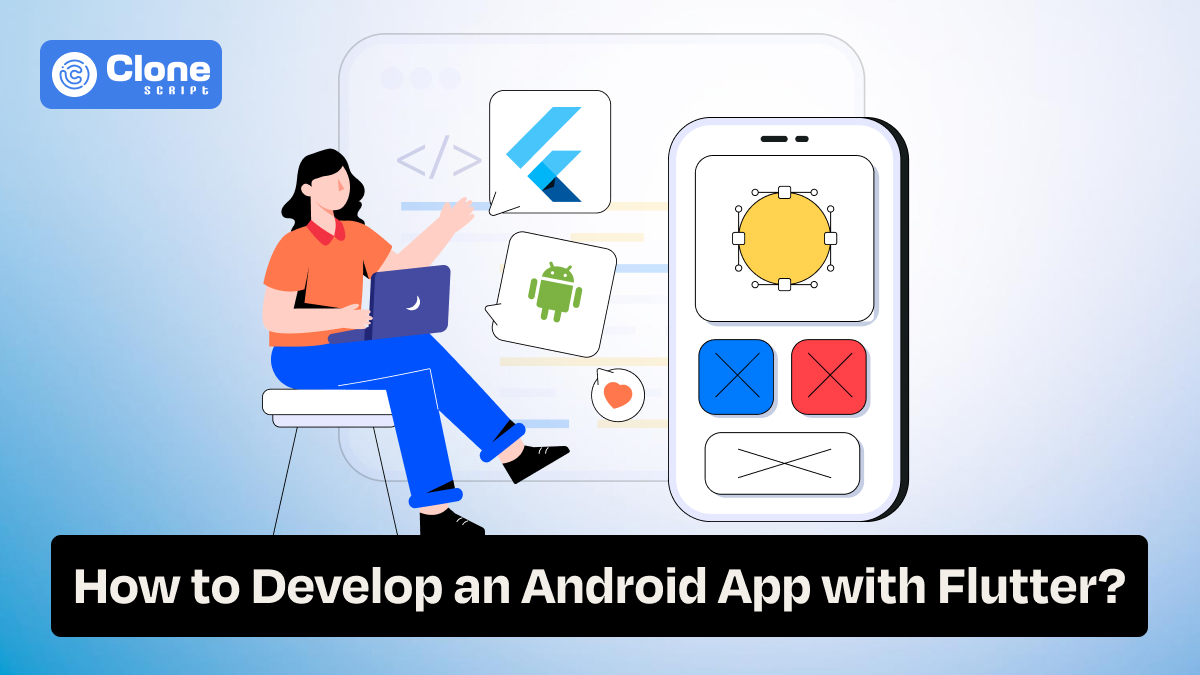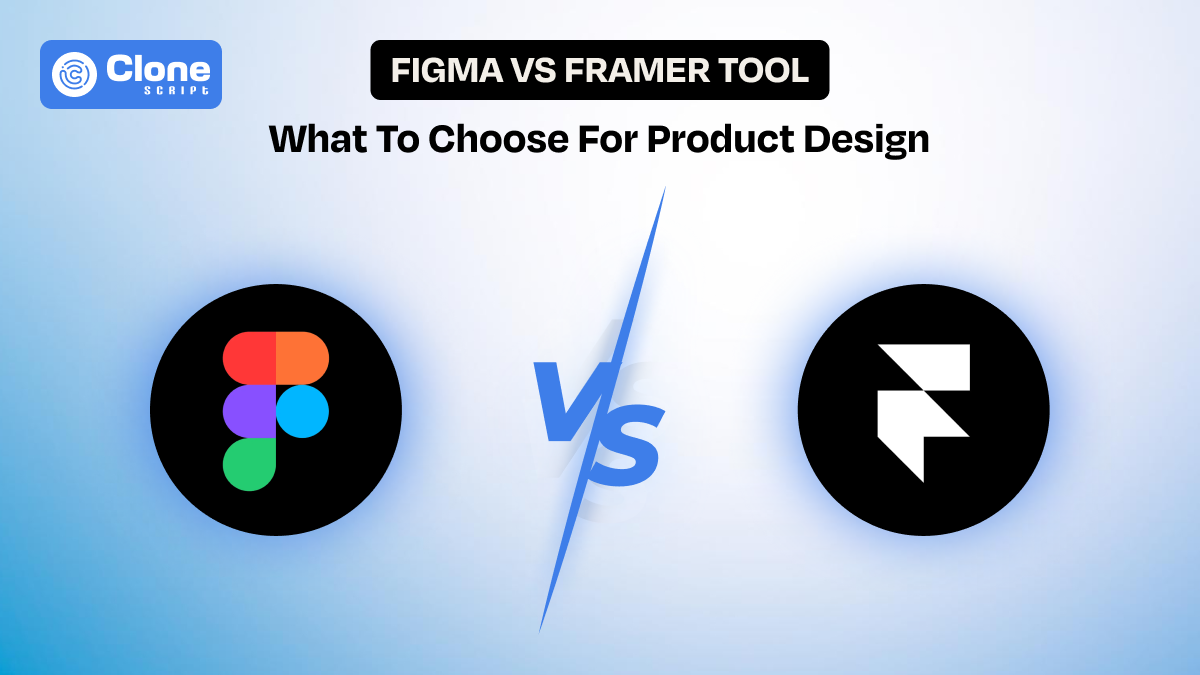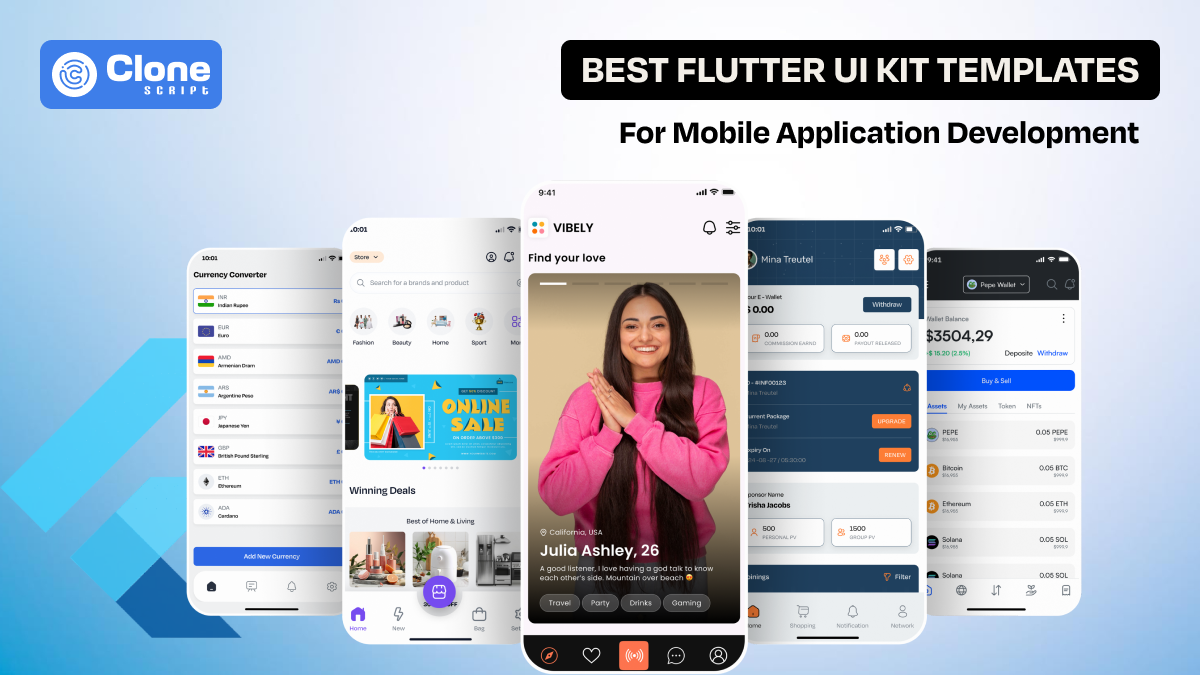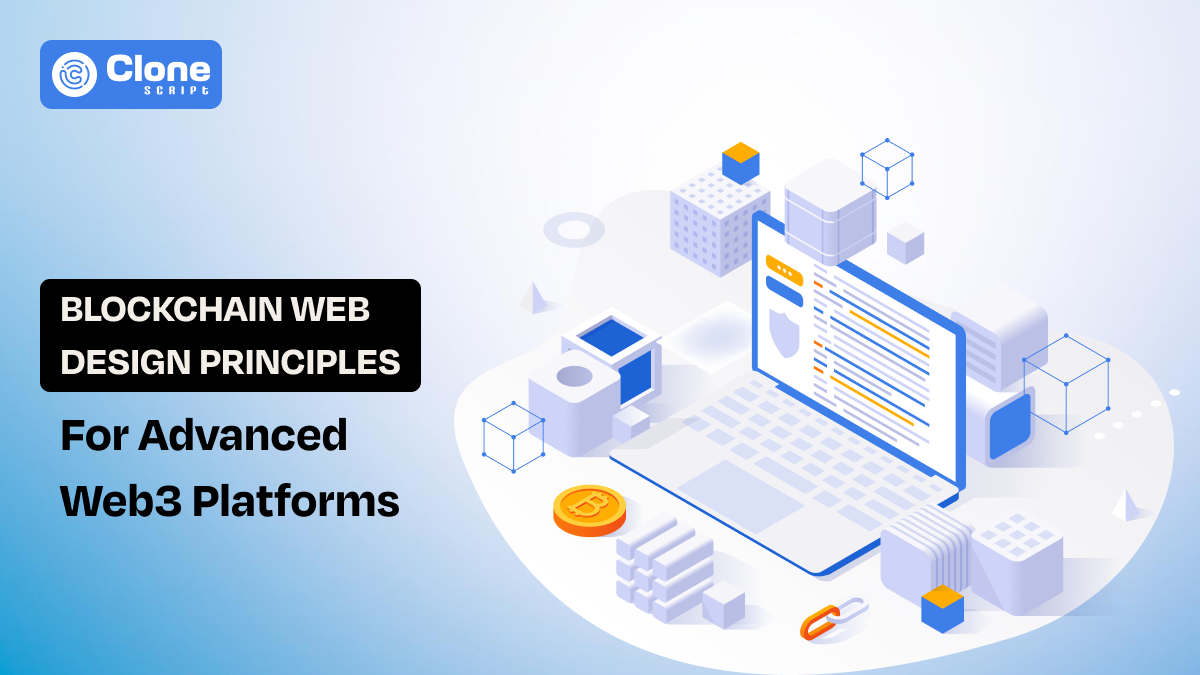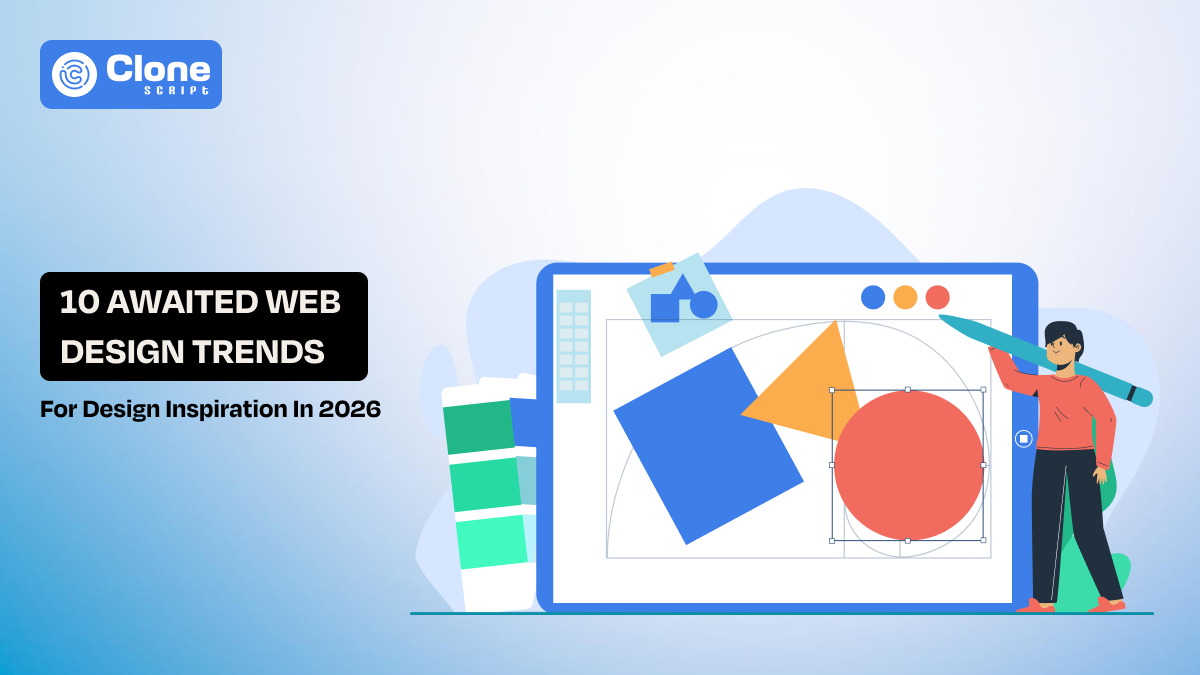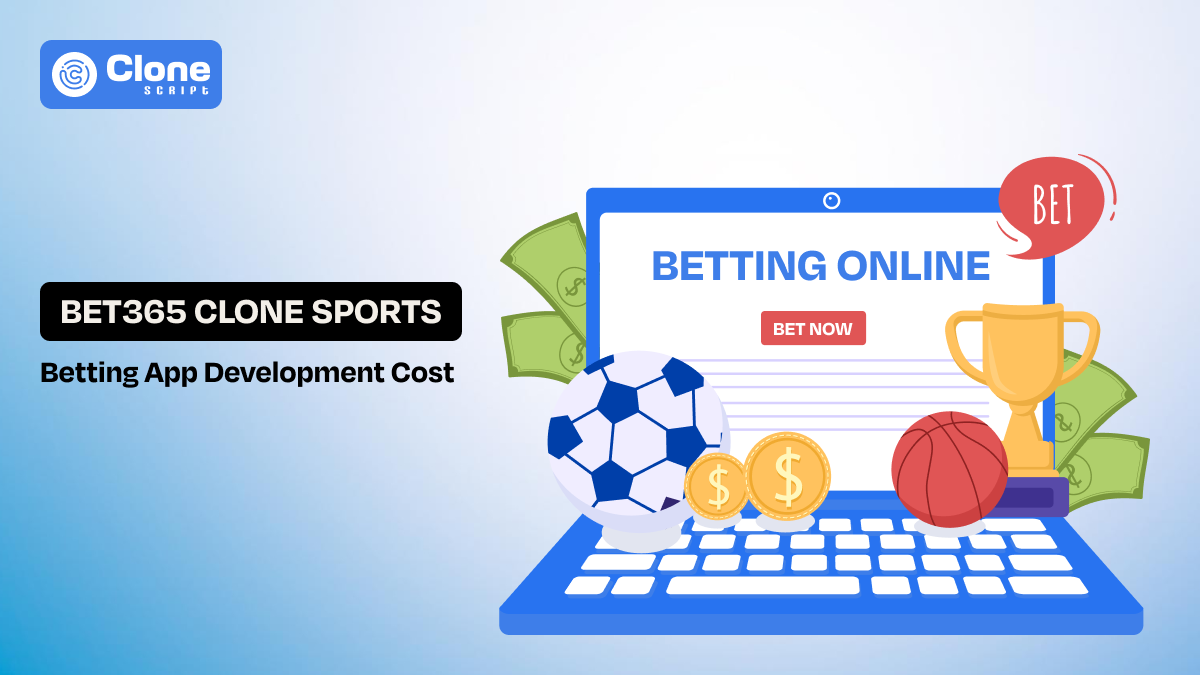How to Develop an Android App with Flutter: A Step-by-Step Tutorial
Creating Android applications has never been easier, thanks to Flutter. This open-source UI toolkit by Google empowers developers to craft stunning, high-performance applications that work seamlessly across platforms. Flutter simplifies the entire development process by allowing you to write a single codebase and deploy it on Android, iOS, web, and even desktop. Whether you’re a seasoned developer or a complete beginner, this step-by-step tutorial will guide you through the essential stages of building an Android app with Flutter.
What is Flutter?
Flutter is more than just a framework; it’s an entire toolkit that enables you to create visually appealing, natively compiled applications. At its core, Flutter uses Dart, a modern and efficient programming language. With its rich library of pre-designed widgets and highly responsive development tools, Flutter stands out as a go-to choice for cross-platform app development.
Why Choose Flutter for Android Development?
There are certain reasons for preferring a Flutter framework for Android app development:
-
Cross-platform Development: Write code once and deploy it on multiple platforms.
-
High Performance: Flutter compiles directly to native machine code, ensuring fast and smooth applications.
-
Hot Reload: Instantly view changes made in your code without restarting the app.
-
Rich Widgets Library: Create stunning UI designs effortlessly with customizable widgets.
How to Set Up Your Development Environment?
Before diving into app development, check your tools are ready. A proper setup is crucial for a smooth workflow.
1. System Requirements
Ensure your system meets the following specifications:
-
An operating system like Windows, macOS, or Linux is a must.
-
Sufficient memory and storage, with at least 4GB of RAM (8GB recommended).
-
Reliable internet access to download required tools.
2. Installing Flutter SDK
Head to Flutter’s official website to download the SDK. Once downloaded, extract it to a suitable location. You’ll also need to update your system’s PATH variable to access Flutter tools easily.
3. Setting Up an IDE
Flutter works well with popular integrated development environments (IDEs) such as Android Studio and Visual Studio Code. Installing the Flutter and Dart plugins in your chosen IDE will enhance your development experience.
4. Configuring an Emulator or Physical Device
Testing your app requires either an emulator or a physical Android device. Android Studio’s built-in emulator provides a virtual environment, while a physical device offers real-world testing conditions. Both options are straightforward to set up with Flutter’s tools.
Introduction to Dart Programming Language
Dart is the programming language behind Flutter’s functionality. It’s designed to be easy to learn and powerful enough to handle complex applications.
Key Features of Dart
-
Simple Syntax: Intuitive and beginner-friendly.
-
Object-Oriented: Supports classes and objects for better code structure.
-
Versatility: Ideal for both client- and server-side development.
By understanding basic concepts like variables, data types, control flow, and object-oriented principles, you’ll be well-equipped to write effective Flutter applications.
Step 1. Starting Your First Flutter Project
The journey begins with creating a new Flutter project. Flutter’s tools streamline this process, generating a project structure with all the necessary files. Upon running your new project, you’ll encounter Flutter’s default app: a simple counter application. Exploring this basic app helps you understand Flutter’s project structure and development flow.
Understanding the Project Structure
Flutter organizes files in a way that’s easy to navigate. The main directory includes files for the app’s logic, design, and assets. Familiarizing yourself with this structure early on will save time later.
Step 2. Building User Interfaces with Widgets
Widgets are the building blocks of Flutter applications. Everything you see on the screen, from buttons to text, is a widget. Flutter categorizes widgets into two main types:
-
Stateless Widgets: These don’t change over time and are perfect for static content.
-
Stateful Widgets: These can change dynamically based on user interactions or other factors.
Common Widgets in Flutter
-
Text and Images: Display information or visuals to users.
-
Buttons: Enable interactions with users and keep them engaged.
-
Layouts: Arrange content using tools like rows, columns, and grids.
Flutter’s flexibility allows you to mix and match these widgets to create unique designs. For example, arranging widgets in a column with proper alignment can help build user-friendly interfaces for sports betting app development.
Step 3. Managing State in Flutter
State management is a fundamental concept in Flutter. It determines how your app’s UI reacts to changes. While Flutter provides a basic method for state management using StatefulWidgets, larger applications often require more robust solutions.
Advanced State Management Solutions
Tools like Provider, Bloc, and Riverpod offer scalable ways to handle complex states in your apps. These packages simplify managing data flow and interactions, ensuring your app remains efficient and maintainable.
Step 4. Integrating Backend Services to Flutter App
Most modern applications rely on backend services for functionality like data storage, user authentication, and external APIs. Flutter supports seamless app integration with the backend systems, making it an excellent choice for full-stack development.
1. Fetching Data from APIs
Flutter makes it easy to connect to RESTful APIs to fetch or send data. Parsing JSON responses and displaying the information in your app can enhance user experience.
2. Firebase Integration
Firebase offers a suite of tools for authentication, real-time databases, and cloud storage. By integrating Firebase into your Flutter project, you can create apps with features like user login, push notifications, and cloud-hosted data.
Step 5. Navigation and Routing in Flutter
Smooth navigation is key to user satisfaction. Flutter provides built-in tools for managing navigation between screens, such as:
-
Basic Navigation: Push and pop routes for simple transitions.
-
Named Routes: Cleaner and more organized navigation for larger apps.
-
Passing Data: Share information between screens effortlessly.
Organizing routes effectively ensures your app remains intuitive and user-friendly.
Step 6. Enhancing User Experience with Animations and Gestures
Animations and gestures play a crucial role in creating interactive and engaging apps. Flutter simplifies this process with built-in tools.
1. Adding Animations
Animations make apps feel polished and professional. Subtle transitions and movements can significantly improve user engagement.
2. Handling Gestures
Gestures like taps, swipes, and long presses enhance interactivity. Flutter’s tools allow you to implement these gestures with ease, adding a layer of depth to your app’s functionality.
Step 7. Testing and Debugging in Flutter
QA & Testing ensures your app works as intended, while debugging helps you identify and resolve issues efficiently. Flutter offers robust tools for both.
1. Testing Your App
Flutter supports multiple testing methods, including unit, widget, and integration testing. Each method targets specific aspects of your app, ensuring comprehensive coverage.
2. Debugging Tools
Flutter’s DevTools provide insights into app performance, helping you identify and fix potential issues or errors.
Step 8. Deploying Your App to the Google Play Store
Once your app is complete, it’s time to share it with the world. Publishing to the Google Play Store involves several steps:
-
Prepare for Release: Update your app’s settings, permissions, and version information.
-
Build the APK: Compile a production-ready version of your app.
-
Upload to Google Play Console: Create a developer account, upload your app, and complete the necessary metadata.
-
Publish: Submit your app for review and make it available to users.
Conclusion
Developing an Android app with Flutter is an exciting journey filled with opportunities to create something remarkable. From setting up your environment to publishing your app, each step brings you closer to mastering this powerful framework. With its simplicity, versatility, and efficiency, Flutter opens the door to a world of possibilities for developers at any skill level.
So, what are you waiting for? Start your first Flutter project today, explore its features, and experience the joy of building apps that are both functional and beautiful. Remember, the journey doesn’t end here—there’s always more to learn, explore, and achieve with Flutter.
Want to develop a custom Flutter app? Contact us. We will give you the complete ready-to-use Android app for your business.
 BTC - Bitcoin
BTC - Bitcoin
 USDTERC20 - USDT ERC20
USDTERC20 - USDT ERC20
 ETH - Ethereum
ETH - Ethereum
 BNB - Binance
BNB - Binance
 BCH - Bitcoin Cash
BCH - Bitcoin Cash
 DOGE - Dogecoin
DOGE - Dogecoin
 TRX - TRON
TRX - TRON
 USDTTRC20 - USD TRC20
USDTTRC20 - USD TRC20
 LTC - LiteCoin
LTC - LiteCoin

